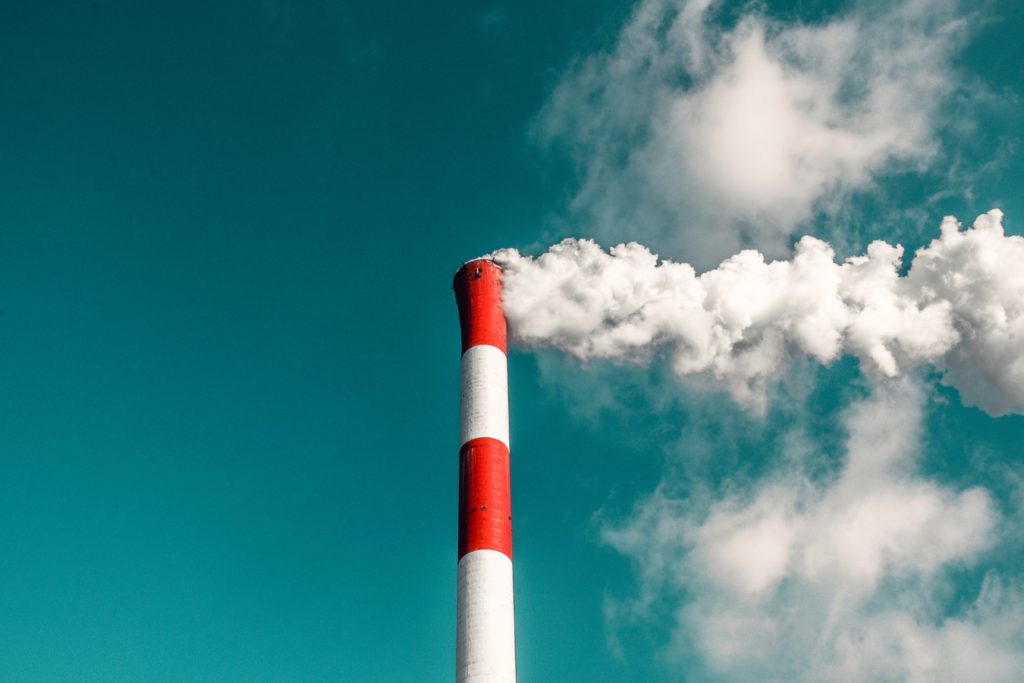
Carbon monoxide (CO) is odorless, colorless, and essentially undetectable by people and animals. You probably encounter small amounts every day, yet in large quantities, it can make you sick or kill you in a short time.
Fortunately, the use of carbon monoxide detectors can help you avoid carbon monoxide poisoning, and they are legally required in all private dwellings in New York. If a landlord fails to provide and maintain a CO detector for renters, that can make him or her liable for illness that occurs as a result of carbon monoxide poisoning. Similarly, a failure to maintain gas appliances can also make a landlord liable for illness. If you suspect carbon-monoxide-related illness, call our NY personal injury lawyers right away. The sooner we investigate, the sooner we can determine the cause if your illness and see if there’s compensation available.
What Is Carbon Monoxide Poisoning?
Carbon monoxide poisoning is when there is too much carbon monoxide in your body. Hemoglobin in your blood, which is responsible for transporting oxygen throughout your body, binds to carbon monoxide hundreds of times more easily than oxygen. As you breathe in carbon monoxide, it binds to the hemoglobin and leaves no room for oxygen, causing oxygen deprivation. It is a form of chemical asphyxia. A lack of oxygen can cause minor symptoms at first, like a headache, dizziness, or nausea, but as time goes you can suffer permanent brain damage or death.
How Does Carbon Monoxide Poisoning Occur?
Exposure to high amounts of carbon monoxide can happen in a number of ways. On construction or industrial worksites, the most common way is when an area is not properly ventilated and chemicals are used that create carbon monoxide. This is why it is so important to use paint remover or cleaning fluids only in well-ventilated areas or outside. Running a car in a closed garage, or with the tailpipe blocked, can also cause CO levels to build up.
Improperly maintained gas appliances, including heaters, stoves, and refrigerators, can also leak carbon monoxide into an apartment or other dwelling. Blocked flues or chimneys can prevent CO created in a fireplace from being vented, causing it to flow into a room or home instead. Any gas device needs to be installed and maintained as recommended by a manufacturer. Charcoal should never be burned indoors as it produces high levels of carbon monoxide.
Are There Ways to Detect and Avoid CO Poisoning?
The easiest way to detect carbon monoxide buildup is through the use of a carbon monoxide detector, which is legally required in every dwelling in New York. These devices should be tested, their batteries checked and replaced as needed at least once or twice each year. When a carbon monoxide detector goes off, everyone inside a dwelling should leave and emergency services should be contacted to come and deal with the situation.
It is also helpful to be aware of symptoms of initial carbon monoxide poisoning, including headache, dizziness, sleepiness, and nausea. The symptoms are often described as “flu-like”; if multiple people in a dwelling develop them at the same time, it can indicate a CO leak. As exposure continues, these can develop into vomiting, loss of balance, vision and memory problems, and loss of consciousness.
Also be mindful if you have these symptoms only in one place, such as feeling ill when at home, but fine at work, as this can indicate a CO leak in one location.
Who Is Liable for Carbon Monoxide Poisoning?
Liability for carbon monoxide poisoning depends on the source of the CO. If, for example, a landlord rents an apartment to someone, the landlord is responsible for providing certain appliances and their proper maintenance. A heater in a basement or other space controlled by the landlord typically needs to be maintained by that landlord or his hired company—and any issues should be reported by tenants immediately.
On the other hand, if damage is caused by a renter, or CO poisoning is caused by that renter’s actions, the renter (or his insurance) should be paying the victims. If you suffered CO poisoning at work, workers’ compensation should kick in. Proving who was to blame can be technically and scientifically challenging, which is why it is so important to have an experienced NYC carbon monoxide poisoning attorney on your side. Our top trial lawyers at WRSH have handled occupational illnesses caused by CO poisoning as well as in residential buildings. For a free consultation, please call (212) 986-7353 today.